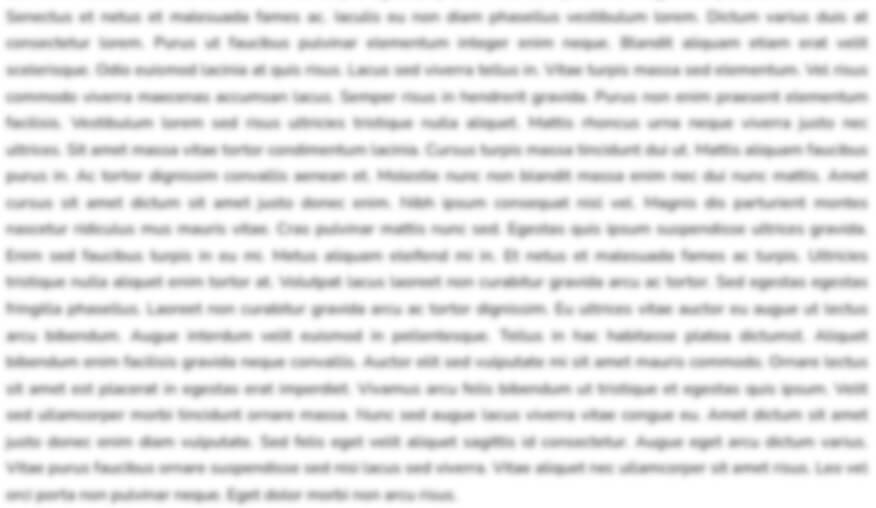
Rationalizing and Harmonizing Traffic and Transportation Management Powers and Functions of Agencies in Metropolitan Manila and For Other Purposes
Download as PDF
Download as Word
My Notes
Highlights
New
Collections
Create a New Collection
Overview
Full Text
Details
Case
Agency Issuance Number
Published Date
Rationalizing and Harmonizing Traffic and Transportation Management Powers and Functions of Agencies in Metropolitan Manila and For Other Purposes
Executive Order No. 170
April 20, 1994
Case Overview and Summary
EXECUTIVE ORDER NO. 170Rationalizing and Harmonizing Traffic and Transportation Management Powers and Functions of Agencies in Metropolitan Manila
• Establishes the Metropolitan Manila Land Transportation Coordinating Council (MMLTCC) as the highest policy-making body on traffic management for Metropolitan Manila. (Sec. 1A)
• Outlines the composition of the MMLTCC, including the Chairman (Chairman of the Metropolitan Manila Authority) and members from various government agencies. (Sec. 1B)
• Defines the powers and functions of the MMLTCC, including:
- Reviewing and recommending policies and measures to improve traffic and land transportation systems. (Sec. 1C(1))
- Identifying and resolving issues arising from the implementation of existing laws and regulations. (Sec. 1C(2))
- Using funds allocated by the Metropolitan Manila Authority for operational needs and policy implementation. (Sec. 1C(3))
- Calling upon government agencies and private entities for assistance. (Sec. 1C(4))
- Encouraging private sector participation in policy formulation and implementation. (Sec. 1C(5))
• Establishes four committees to assist the MMLTCC:
1. Committee on Enforcement (Sec. 2A)
2. Committee on Engineering (Sec. 2B)
3. Committee on Education and Information (Sec. 2C)
4. Committee on Urban Transport Services (Sec. 2D)
• Appoints an Executive Director to coordinate the day-to-day activities of the MMLTCC and direct the committees. (Sec. 3)
• Designates the Metropolitan Manila Authority as the lead agency in implementing approved traffic and land transportation plans and programs. (Sec. 4)
• Assigns the Philippine National Police to assist the Metropolitan Manila Authority in implementing approved plans. (Sec. 5)
• Requires local government traffic management units to assist the Metropolitan Manila Authority in implementing approved plans. (Sec. 6)
• Grants operational direction, control, and supervision over traffic enforcement personnel to the Philippine National Police, while administrative supervision remains with their respective agencies. (Sec. 7)
• Requires government agencies constituting the MMLTCC to allocate a portion of their budget to meet the Council's administrative and operational requirements. (Sec. 8)
• Repeals or modifies any issuances, orders, rules, and regulations inconsistent with this Executive Order. (Sec. 9)
• Declares the immediate effectivity of this Executive Order. (Sec. 10)
Amends
n/a
Amended by
n/a
Tags
Executive Issuances
Executive Orders
traffic management
transportation
Metropolitan Manila
Metropolitan Manila Land Transportation Coordinating Council
traffic enforcement
traffic engineering
traffic education
urban transport services
Metropolitan Manila Authority
Philippine National Police
local government units
funding
Law
Rationalizing and Harmonizing Traffic and Transportation Management Powers and Functions of Agencies in Metropolitan Manila and For Other Purposes
Executive Order No. 170
•April 20, 1994
EXECUTIVE ORDER NO. 170 April 20, 1994
RATIONALIZING AND HARMONIZING TRAFFIC AND TRANSPORTATION MANAGEMENT POWERS AND FUNCTIONS OF AGENCIES IN METROPOLITAN MANILA AND FOR OTHER PURPOSES
WHEREAS, Presidential Decree No. 824, as amended by Presidential Decree No. 1274, created the Metropolitan Manila Commission, among others, to establish and operate a transport and traffic center which shall direct traffic activities;
WHEREAS, Presidential Decree No. 1605 vested the Metropolitan Manila Commission, among others, the power to impose fines and otherwise discipline drivers and operators of motor vehicles for violations of traffic laws, ordinances, rules and regulations in Metropolitan Manila and transferred the powers of the Land Transportation Commission and the Board of Transportation over such violations and punishment to the Metropolitan Manila Commission;
WHEREAS, Executive Order No. 392 dated January 9, 1990, among others, constituted the Metropolitan Manila Authority which absorbed all the powers and functions of the Metropolitan Manila Commission;
WHEREAS, Memorandum Order No. 397 dated January 9, 1991, reconstituted and strengthened the Metropolitan Manila Land Transportation Coordinating Council (MMLTCC) created under Memorandum Order No. 245...
Login to see full content


Amends
n/a
Amended by
n/a
Tags
Executive Issuances
Executive Orders
traffic management
transportation
Metropolitan Manila
Metropolitan Manila Land Transportation Coordinating Council
traffic enforcement
traffic engineering
traffic education
urban transport services
Metropolitan Manila Authority
Philippine National Police
local government units
funding
EXECUTIVE ORDER NO. 170 April 20, 1994
RATIONALIZING AND HARMONIZING TRAFFIC AND TRANSPORTATION MANAGEMENT POWERS AND FUNCTIONS OF AGENCIES IN METROPOLITAN MANILA AND FOR OTHER PURPOSES
WHEREAS, Presidential Decree No. 824, as amended by Presidential Decree No. 1274, created the Metropolitan Manila Commission, among others, to establish and operate a transport and traffic center which shall direct traffic activities;
WHEREAS, Presidential Decree No. 1605 vested the Metropolitan Manila Commission, among others, the power to impose fines and otherwise discipline drivers and operators of motor vehicles for violations of traffic laws, ordinances, rules and regulations in Metropolitan Manila and transferred the powers of the Land Transportation Commission and the Board of Transportation over such violations and punishment to the Metropolitan Manila Commission;
WHEREAS, Executive Order No. 392 dated January 9, 1990, among others, constituted the Metropolitan Manila Authority which absorbed all the powers and functions of the Metropolitan Manila Commission;
WHEREAS, Memorandum Order No. 397 dated January 9, 1991, reconstituted and strengthened the Metropolitan Manila Land Transportation Coordinating Council (MMLTCC) created under Memorandum Order No. 245...
Login to see full content

